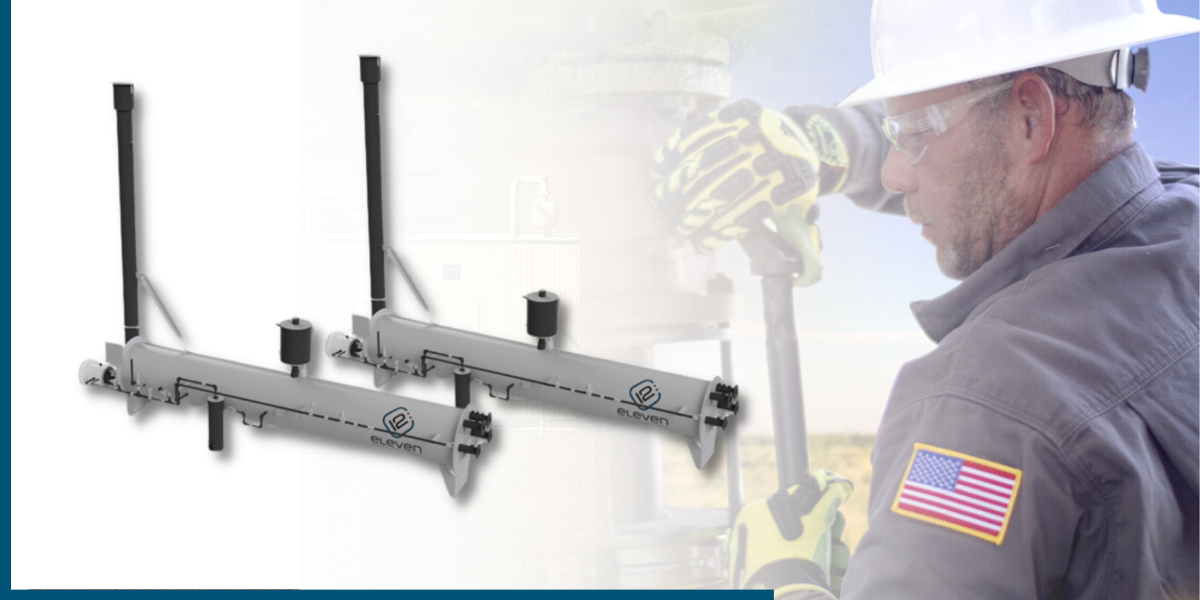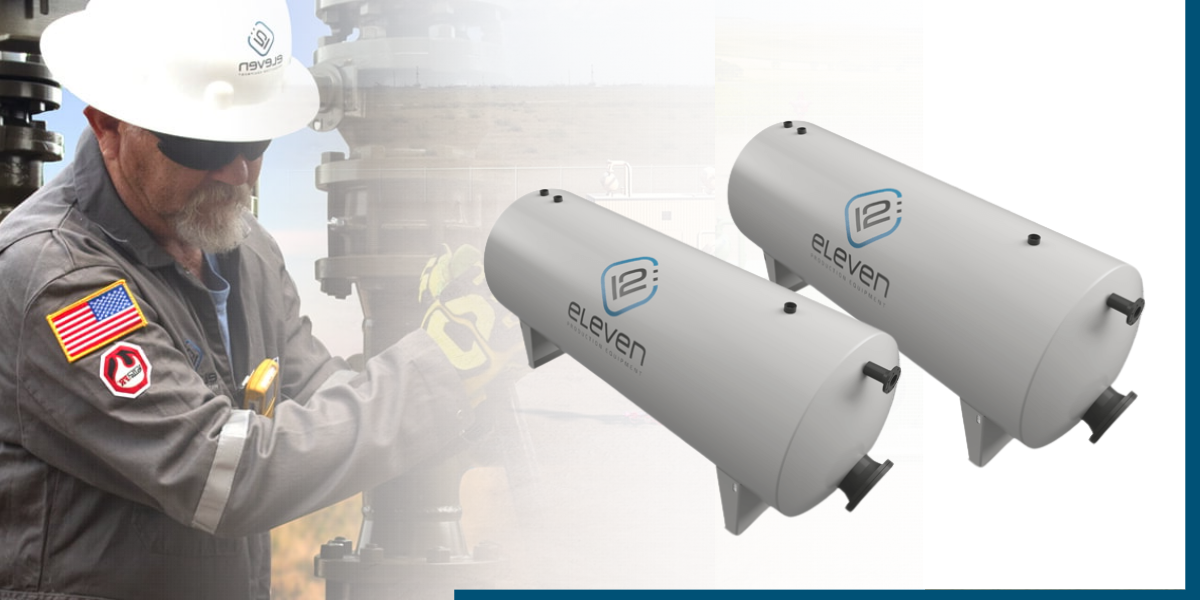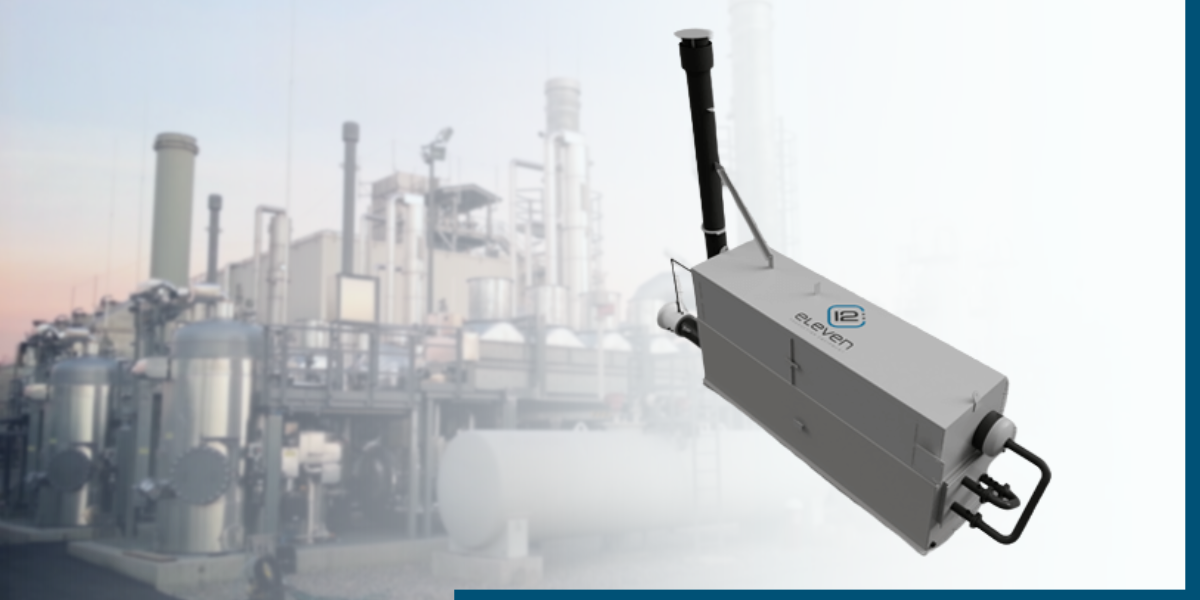Free Water Knockout (FWKO): What You Need To Know
Free water knockouts (FWKO) are an essential component in the oil and gas industry, designed to remove any free water present in the production...

When it comes to industrial applications, those in the oil and gas industry are always looking for ways to increase efficiency and safety.
One such system is indirect line heaters. Indirect line heaters are an effective way of distributing heat directly to process vessels or tanks that need content heated with minimal risk of contamination.
In this blog post, we’ll be exploring how indirect line heating works, its benefits for oil and gas applications, as well as providing guidance on purchasing the right heater for your specific needs.
Indirect line heaters are a type of industrial heating equipment that are used to heat fluids, such as oil or water, in pipelines. They are called "indirect" because the heat is transferred to the fluid via a heat exchanger, rather than through direct contact with a heating element. This makes them a safe and efficient way to heat fluids in a variety of industrial applications.
A Line Heater is equipment comprised of a high-pressure coil which is suspended inside a liquid media bath over a heat source that warms the process stream, typically during a pressure drop.
Line heaters pre-warm the incoming process stream before the pressure drop and warm the process stream after the pressure drop, thereby preventing the formation of ice. Normally placed after the Sand separator, or in the absence of a sand separator, it is the first vessel after the wellhead and is typically rated higher than the wellhead shut-down pressure.
There are several types of indirect line heaters, including those that use steam, hot water, or thermal fluids as the heating source.
Indirect line heaters are similar to direct-fired line heaters, however instead of utilizing a burner or directly exposing the process fluid to a flame, indirect line heaters use an external energy source to generate heat for the liquid media bath, which in turn warms the process stream. Common indirect-firing methods include steam coils, electric coils, and resistance heating.
Indirect line heaters are often favored over direct-fired line heaters due to their enhanced safety and increased efficiency. They are also typically more economical than direct fired systems as the fuel source is usually abundant, such as natural gas or electricity for instance, and can be easily regulated according to changing conditions.
Indirect line heaters are also versatile and can be used for a variety of applications, such as production wellhead protection, pipeline warming, processing plant or storage tank preheating, and booster station pressure control. They are typically designed with safety features such as temperature shut-off controls and automated fuel shut-off systems to ensure that the system does not overheat or become a fire hazard.
Indirect line heaters provide an efficient and safe solution to pre-warm process streams before the pressure drop, thus preventing the formation of ice, which can lead to blockages or system damage. They are also cost-effective and versatile, making them ideal for a wide range of applications. For these reasons, indirect line heaters are a popular choice for many facilities.
Some of the main advantages of indirect inline heaters include:
One of the main advantages of indirect line heaters is that they provide a safe way to heat fluids. Since the heat is transferred indirectly, there is no risk of fire or explosion, and the fluid is not exposed to any open flames or hot surfaces. This makes them a good choice for use in hazardous environments or with flammable fluids.
Another advantage of indirect line heaters is that they are highly efficient. The heat exchanger used in these systems is typically very efficient at transferring heat from the heating source to the fluid, which means that less energy is required to heat the fluid. This can result in significant energy savings over time.
Indirect line heaters are also highly customizable, and can be designed to meet the specific heating needs of any application. They can be built to handle a wide range of flow rates and fluid temperatures, and can be outfitted with a variety of controls and accessories to ensure optimal performance.
When it comes to maintenance, indirect line heaters are relatively low-maintenance. The heat exchanger is the only part that needs to be cleaned or replaced on a regular basis, and this can usually be done with minimal downtime.
Overall, indirect line heaters offer an efficient and safe solution for heating fluids. They are highly customizable and relatively low-maintenance, making them the perfect choice for many industrial applications. Plus, they can provide significant energy savings over time. So if you’re looking for a reliable way to preheat process streams, consider investing in an indirect line heater.
Discover the strengths that the 12:eleven specialists in innovation and customization bring to production and process equipment. Contact 12:eleven and experience quality that is reliable, efficiency that is proven and service that is unsurpassed.
We invite you to request a quote for our products or services and our Indirect Line Heaters.
Oil and Gas Production and Process Equipment - In this blog post we will dive into the most important pieces of oil and gas production equipment. We will also talk about how to maintain them properly.
As a specialty company providing custom design, engineering and fabrication of production and process equipment, we are dedicated to doing what’s right for our customers and passionate about creating value on every project.
We leverage the field expertise of our design and engineering group together with our diversified manufacturing capabilities to deliver a broad range of innovative surface production equipment - including Separators, Treaters, Free Water Knock Outs, Bulk and Test Packages, Indirect Line Heaters, Gas Production Units, Gas Dehydration Units, Glycol Contact Towers, Vapor Recovery Towers, Oil Stabilizing Towers.

Free water knockouts (FWKO) are an essential component in the oil and gas industry, designed to remove any free water present in the production...

Gas Production Units (GPUs) are a crucial component of the oil and gas industry. They play a significant role in the extraction, processing, and...

Piping modules and spools are an important part of any piping system. They help to keep the fluid in the system moving by providing a path for it to...